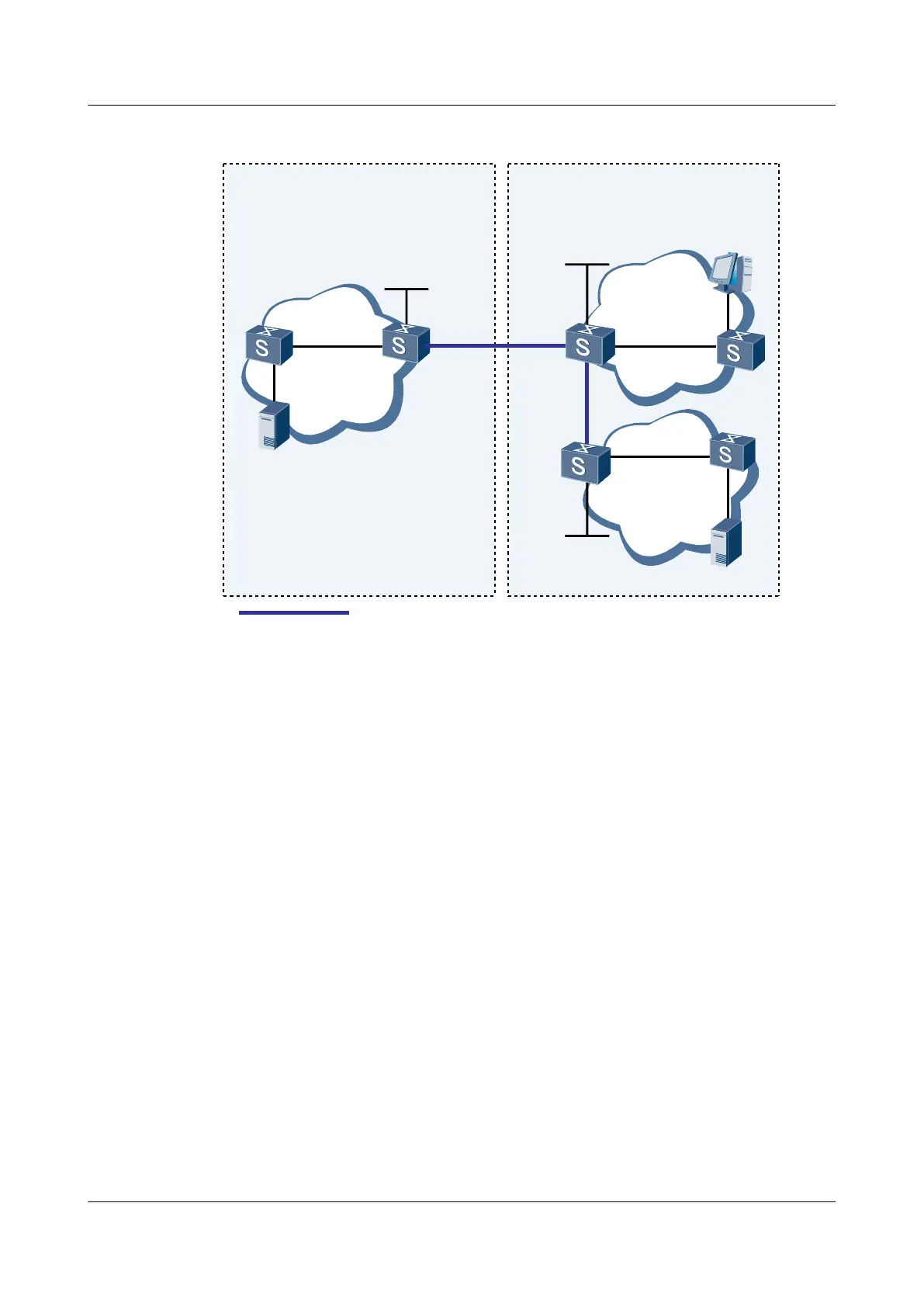Figure 5-1 Networking diagram for configuring basic MSDP functions
AS100
AS200
PIM-SM1
S1
GE2/0/0
GE1/0/0
Loopback0
1.1.1.1/32
S9300-B
S9300-C
S9300-E
Loopback0
2.2.2.2/32
GE1/0/0
PIM-SM2
MSDP peer
S3
Loopback0
3.3.3.3/32
GE3/0/0
GE2/0/0
GE2/0/0
PIM-SM3
Receiver
GE3/0/0
S9300-A
GE2/0/0
GE1/0/0
GE2/0/0
GE1/0/0
GE2/0/0
GE1/0/0
S9300-D
S9300-F
Switch Physical interface VLANIF interface IP address
S9300-A GE 1/0/0 VLANIF 101 10.110.1.1/24
GE 2/0/0 VLANIF 100 192.168.1.1/24
S9300-B GE 1/0/0 VLANIF 200 192.168.2.1/24
GE 2/0/0 VLANIF 100 192.168.1.2/24
S9300-C GE 1/0/0 VLANIF 200 192.168.2.2/24
GE 2/0/0 VLANIF 300 192.168.3.1/24
GE 3/0/0 VLANIF 400 192.168.4.1/24
S9300-D GE 1/0/0 VLANIF 102 10.110.2.1/24
GE 2/0/0 VLANIF 300 192.168.3.2/24
S9300-E GE 2/0/0 VLANIF 500 192.168.5.1/24
GE 3/0/0 VLANIF 400 192.168.4.2/24
S9300F GE 1/0/0 VLANIF 103 10.110.3.1/24
GE 2/0/0 VLANIF 500 192.168.5.2/24
Configuration Roadmap
The configuration roadmap is as follows:
1. Configure the IP addresses of the interfaces on each S9300 and configure OSPF in the AS
to ensure that the unicast routes within the AS are reachable.
2. Configure EBGP peers and import BGP and OSPF routes into each other's routing table to
ensure that the unicast routes between ASs are reachable.
5 MSDP Configuration
Quidway S9300 Terabit Routing Switch
Configuration Guide - Multicast
5-26 Huawei Proprietary and Confidential
Copyright © Huawei Technologies Co., Ltd.
Issue 01 (2009-07-28)

